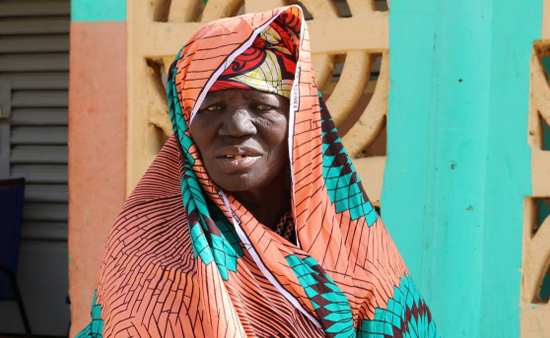
18 Aug First Person: How a Traditional Birth Attendant Changed Her Role to Improve Maternal and Child Health in Mali
A version of this story was first published on the USAID website.
“My name is Madjita Diarra. I am 67 years old and have been a traditional birth attendant in the village of Debo Bambara in Mali’s Diéma district for more than 10 years. I inherited this work from my grandmother and mother-in-law. When I started, there were three of us doing this work in my village and we received 1,000 FCFA for each home birth. But these payments didn’t go far, and so the other two women abandoned this work. I was left alone and continued providing services for free.
In 2016, despite the opening of a secondary health center in the village, women continued to request my services, because they were free and because I had developed a certain level of trust with the women over time. On average, I had five home births a month and the only time I accompanied women to the health center was when their bleeding did not stop after childbirth. Despite my advanced age, I did not plan to stop supporting home births.
Then, in February 2019, the HRH2030 project brought together women’s groups, the rural hospital matron, community health workers, and traditional birth attendants to improve maternal and newborn health in our village. The women’s group, of which I am a member, actively carried out information and awareness-raising activities in the village to encourage women to seek out the care and services in our local health structures. Through these activities, I came to understand the consequences of home birth, in particular the risk of hemorrhages due to uterine ruptures, the risk of tetanus due to the instruments we used, and also the high risk of HIV and hepatitis transmission to the birth attendant. I realized that I was at risk in my job and so I decided to give up home births to save lives including my own.
In March 2019, I transitioned from being a traditional birth attendant to being a counselor and ‘accompanist’—one who accompanies pregnant women to our health center for antenatal care, services, and childbirth. Nowadays, no woman in the village gives birth at home. I encourage traditional birth attendants who still continue their work to give it up and help to save lives. Health workers have more skills and resources than we do.”
***
Madjita Diarra is one of seven traditional birth attendants in Diéma district who have made the transition from home births to health center deliveries. Thanks to USAID support, 435 traditional birth attendants have been oriented and 313 of them have moved to health center deliveries across the five target regions. A total of 252 traditional birth attendants are now counselors and accompanists. This has contributed to an increase in the proportion of childbirths taking place at health centers from 35% to 89% over the first half of 2020.
HRH2030 is working with 1,010 women’s groups in Mali to reduce maternal, neonatal, and infant mortality in five target regions of Mali — Kayes, Koulikoro, Sikasso, Mopti, and Ségou.





